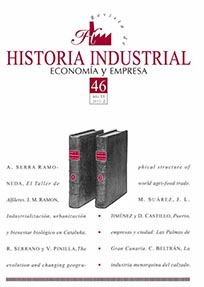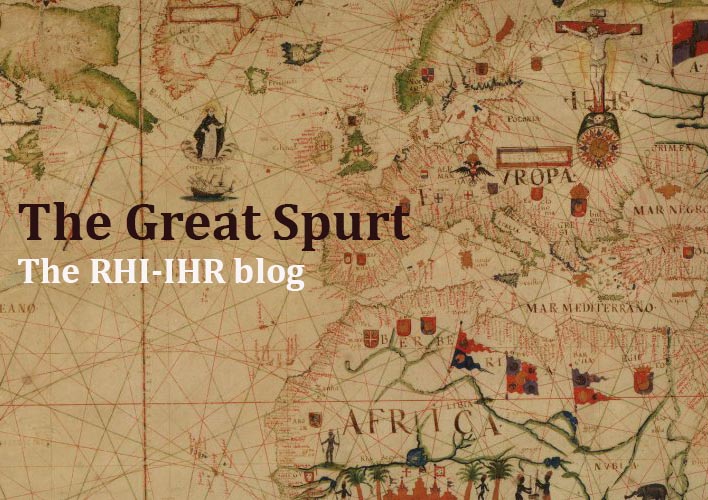Industrialization, urbanization and biological welfare in Catalonia, 1840-1935: an anthropometric approach
DOI:
https://doi.org/10.1344/rhi.v20i46.20802Keywords:
Biological welfare, Human Height, Industrialization, Urban Penalty, CataloniaAbstract
This article analyses the evolution of the biological standard of living in Catalonia between the mid- nineteenth and the early twentieth centuries. By comparing average height data for three industrial cities and five rural towns, it explores the potential impact of industrialization and urbanization on the standard of living in a region that led the process of economic modernization and structural change in Spain. The results of such a comparison show that average height data declined two centimetres between 1840 and 1870 male cohorts. Height fell both in industrial cities and in rural towns. The data do not clearly establish the existence of urban penalty, but suggests, instead, the existence of a nutritional crisis and the deterioration of biological welfare in the early phases of Catalan industrialization.Downloads
Downloads
Published
How to Cite
Issue
Section
License
El/la autor/a cede los derechos al/la editor/a. Creative Commons
El/la autor/a que publica en esta revista está de acuerdo con los términos siguientes:- El/la autor/a cede en exclusiva todos los derechos de propiedad intelectual al/la editor/a para todo el mundo y toda la duración de los derechos de propiedad intelectual vigentes aplicables.
- El/la editor/a difundirá los textos con la licencia de reconocimiento de Creative Commons que permite compartir la obra con terceros, siempre que éstos reconozcan su autoría, su publicación inicial en esta revista y las condiciones de la licencia.





